Complete your selection
Immunity Booster is a dietary supplement of exceptional quality formulated to help boost the immune defences. It has been carefully developed over a long period by the SuperSmart team.
This brand new formulation combines an extract of organic echinacea (a medicinal plant known to both support the body’s natural defence system and help soothe sore throats), beta-glucans from Saccharomyces cerevisiae (polysaccharides recognised for improving immunity), vitamin C and zinc (both of which contribute to good immune system function) (1-4).
All these compounds have been selected to act synergistically and to provide you with the maximum benefit possible.
What exactly is in Immunity Booster?
The supplement thus contains 4 bioactive ingredients with particularly beneficial properties:
- extract of organically-grown echinacea (species Echinacea purpurea). Echinacea is a plant from the Asteraceae family, with fusiform roots and pink flowers. Native to the great plains of North America, this famous medicinal plant was used by Native Americans for treating colds, bronchitis, ‘flu and respiratory infections. It was subsequently introduced into Europe in 1895. The species Echinacea purpurea in particular, is highly valued by herbalists. It is today one of the most widely-used medicinal plants in Europe and North America. This purply-pink flowered echinacea is believed to support the body’s immune system function and to have a soothing effect on sore mouths and throats (5-6);
- beta-glucans from Saccharomyces cerevisiae (standardised to 70% beta-(1,3/1,6)-glucans). S accharomyces cerevisiae, or baker’s yeast, has been used for thousands of years, first by the Egyptians, Babylonians and Celts, to make bread, fermented drinks, kefir … This yeast is recognised for its high content of beta-glucans, immunostimulant polysaccharides which exist in the form of soluble dietary fibre(7);
- vitamin C from an extract of organic acerola. The acerola cherry is a tropical tree with glossy leaves and sour red fruit, also known as Barbados cherry or West Indian cherry. It is an important natural source of vitamin C. As we know, vitamin C is an essential nutrient with a particular ability to improve our immune defences (8);
- zinc. An essential trace element, zinc – like vitamin C – helps to boost the immune system. There are two complementary forms of this key nutrient in Immunity Booster. The first, an organic form called zinc gluconate, contains the zinc salt of gluconic acid, and is characterised by its long shelf life. The second, an inorganic compound called zinc sulfate, contains a zinc salt of sulfuric acid. It is generally used to help prevent zinc deficiency (which can adversely affect immunity, skin, hair ...) (9)
Benefits offered by Immunity Booster’s ingredients
The various benefits provided by the compounds in Immunity Booster are as follows:
- a key plant in phytotherapy, the Echinacea purpurea species has a high content of alkylamides, phenolic compounds, complex polysaccharides, alkaloids ... This bio-rich plant has thus traditionally been used to help keep the body’s natural defences functioning properly. It is known to help boost both innate and adaptive immunity. Several studies have suggested it has anti-inflammatory, antimicrobial and antiviral effects. Echinacea seems to work by promotingmacrophage and NK cell activity. One double-blind clinical study of 473 subjects infected with ’flu found that an echinacea-based tea was as effective as some antivirals, and produced fewer side-effects. With regard to irritation of the respiratory tract, Echinacea purpurea may also help to soothe the mouth, throat and pharynx and make the throat and vocal cords feel more comfortable. It may also help to maintain a healthy lower urinary tract (10-13) ;
- extract of Saccharomyces cerevisiae is standardised to 70% beta-(1,3/1,6)-glucans in order to provide a good intake of polysaccharides. These compounds are also known to stimulate the immune system. Beta-glucans appear to exert an immunomodulatory effect on several types of cell: cytotoxic T lymphocytes, B lymphocytes, neutrophils ... They may help to ensure a better macrophage response and to activate secretion of cytokines (interleukins IL-1, IL-6 and IL-8), as well as to prevent upper respiratory tract disorders and infections. In addition, they may also be beneficial against allergies and uncontrolled cell growth (14-22);
- vitamin C from acerola supports healthy function of the immune and nervous systems and protection of cells against oxidative stress. This powerful antioxidant plays a role in supporting antiviral immune response and in increasing cytotoxic T lymphocyte numbers in the body. Vitamin C is also involved in normal energy metabolism, normal psychological function and normal formation of collagen, the latter being essential for healthy bones, cartilage, blood vessels, skin, gums and teeth (23-26);
- lastly, zinc supports normal function of the immune system and vision, and helps maintain healthy skin, hair and nails. It is also involved in the normal metabolism of vitamin A, carbohydrates and fatty acids, normal synthesis of proteins, and the protection of cells against oxidative stress. This mineral also plays a part in the process of cell division and helps to combat several chronic diseases associated with ageing (27-29).
How should this supplement be taken?
Take 1 tablet of Immunity Booster a day with a glass of water.
Contraindications for taking Immunity Booster
Because of its high echinacea content, this complement should not be taken by those suffering from auto-immune or progressive diseases, or those on steroids or immune suppressants.
What is in Immunity Booster
Any questions?
Our team of nutrition experts and scientists has the answers.
Are you keen to improve your immune defences? Here are 4 tips guaranteed to help:
- reduce your stress levels. Excessive secretion of cortisol, also known as the stress hormone, can damage immune system function. So make sure you take the pressure off from time to time and relax;
- take regular exercise. Frequent (though not excessive) physical activity is known to stimulate immunity. Try, for example, to jog for two and a half hours a week, spread over three sessions;
- get enough sleep. Some studies have shown that fatigue can reduce the quality of the immune response;
- consume fermented foods and drinks (yogurt, pickles, sourdough bread, miso, milk or fruit kefir…) as they are good for gut flora - an important component of immunity.
To maximise the immunostimulant effects of Immunity Booster’s ingredients, there are other high-quality supplements you might want to take as well.
Alongside Immunity Booster, you could start taking Green Propolis, an excellent green propolis supplement. This natural substance, produced by bees to protect their hives, contains more than 300 exceptional nutrients. It is highly effective at helping to improve your immune defences.
In addition, we’d draw your attention to the benefits of probiotics, particularly Bacillus subtilis. This active strain (I-2745) comes in the form of DR Caps™ in order to ensure that these ‘good bacteria’ arrive in the gut intact. The aim of this supplement is to help support your immune system and protect you from infection.
november 30 2025
Efficace !!!....
september 16 2025
bin weniger krank als hilft es :-)
july 25 2025
Aún no lo estoy tomando, lo usaré a mediados de otoño cuando aparezca el frío. Tiene buena pinta
may 1 2024
Ravie, car Immunity Booster maintient mon système immunitaire au top
Delighted, because Immunity Booster keeps my immune system in top shape
 see the translation
Translated by SuperSmart - see the original
see the translation
Translated by SuperSmart - see the original
february 23 2024
Lo utilizo en situaciones de bajas defensas y en épocas de frío y me ayuda.
I use it in situations of low immunity and during cold seasons, and it helps me.
 see the translation
Translated by SuperSmart - see the original
see the translation
Translated by SuperSmart - see the original
Need help?
You may also like

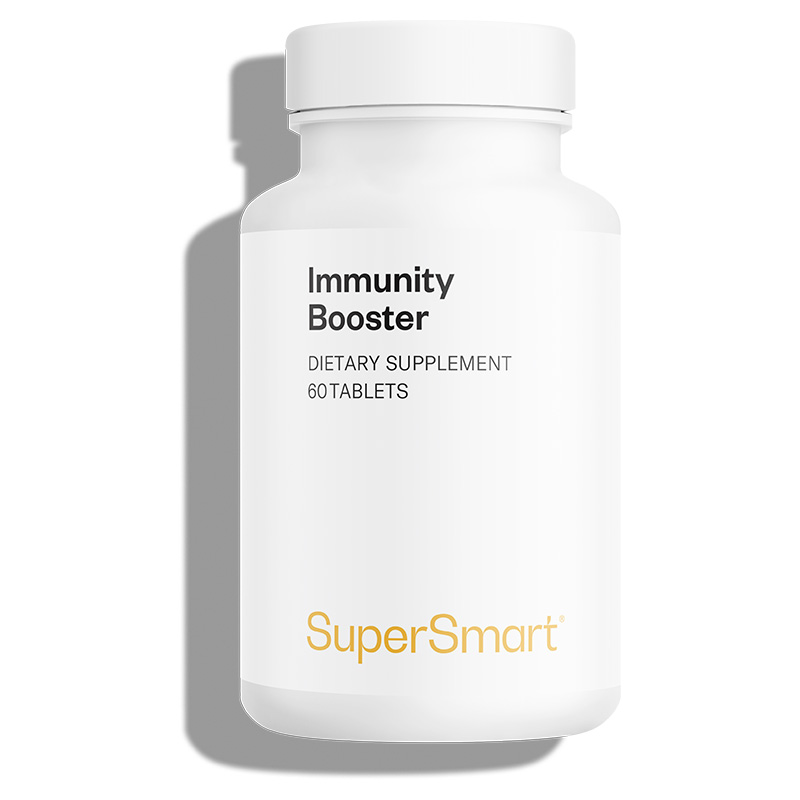


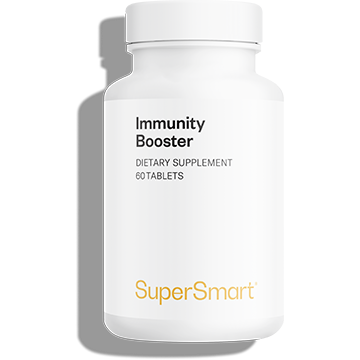
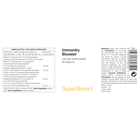


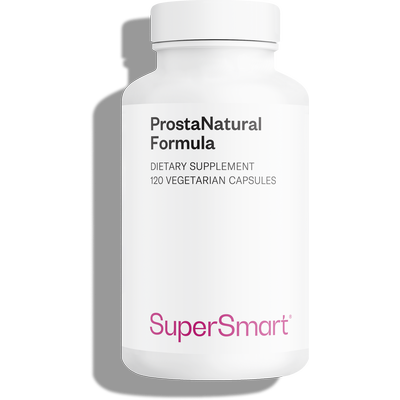
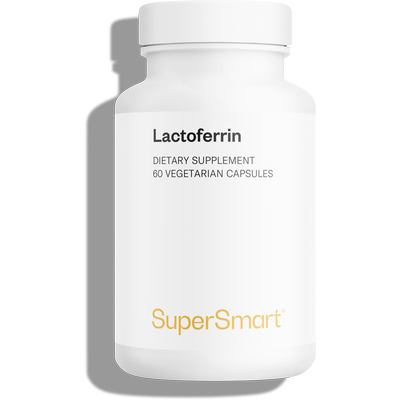
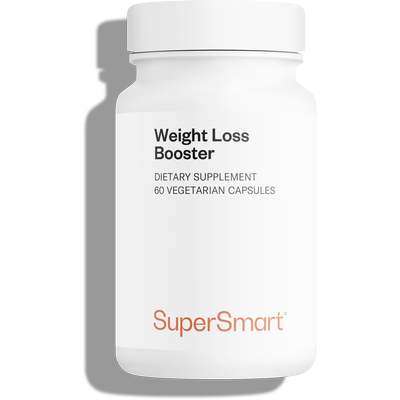
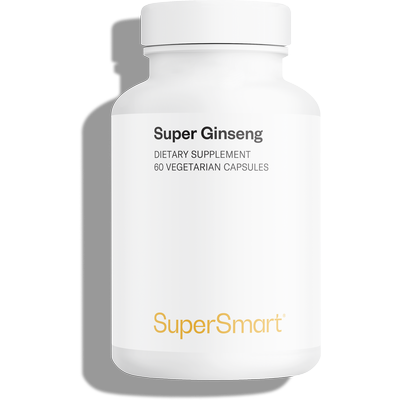
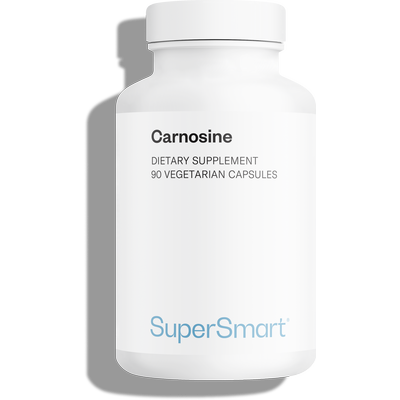
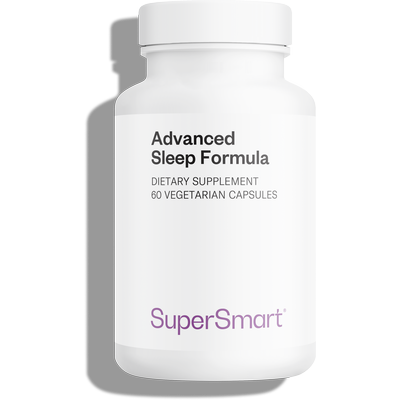
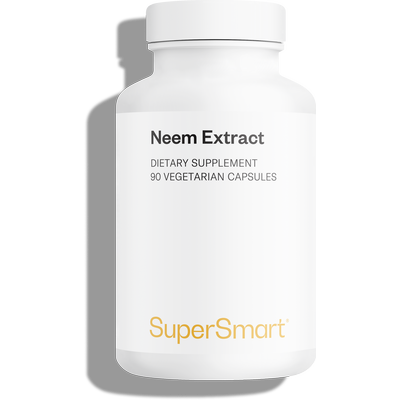
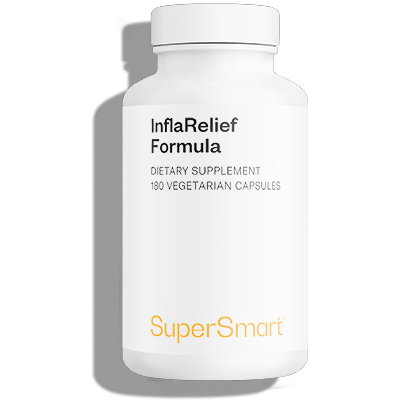
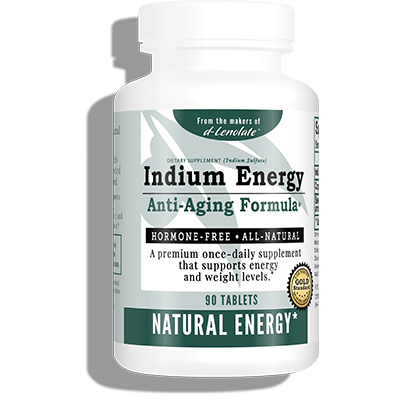
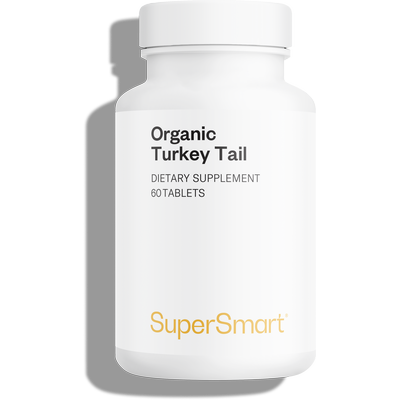
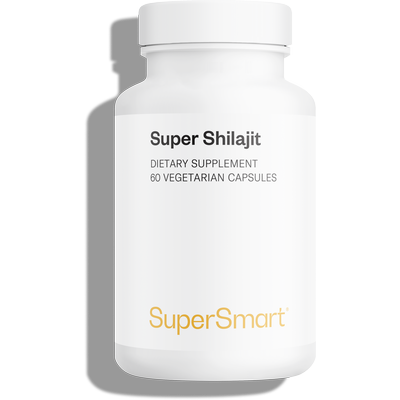
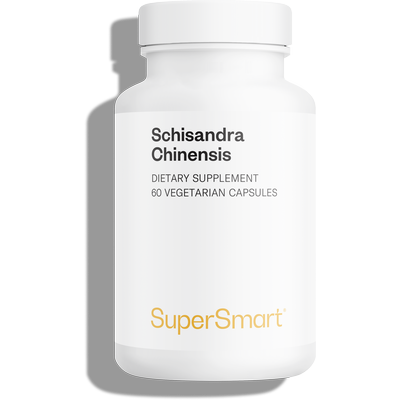

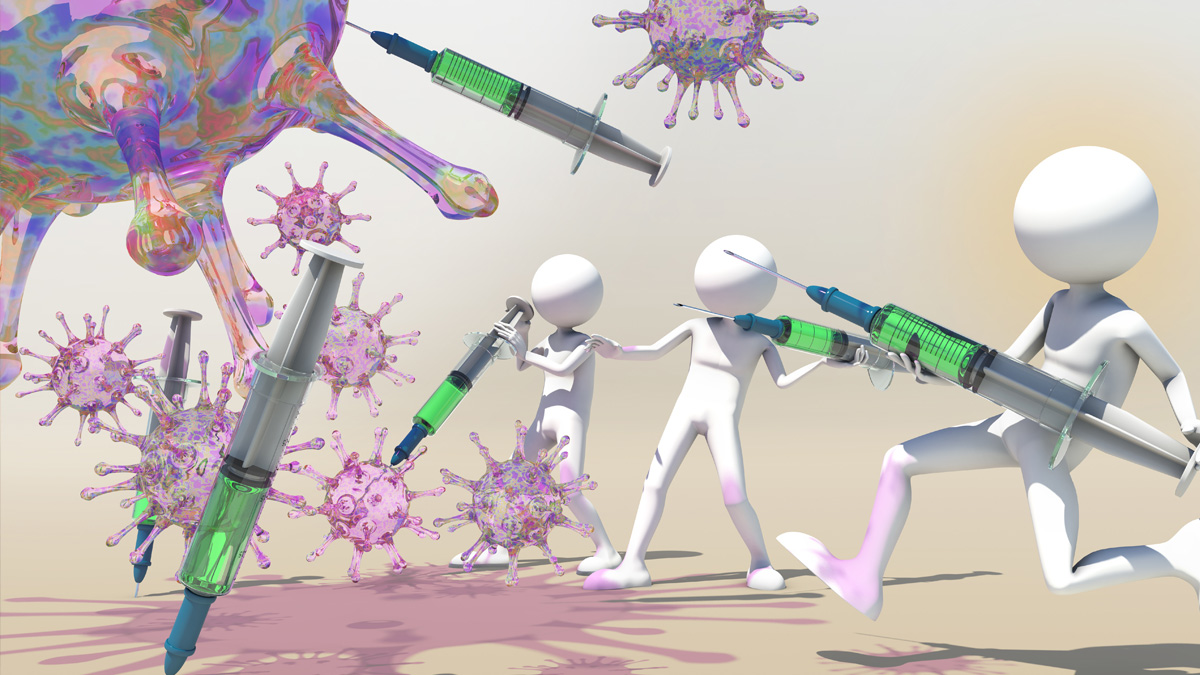
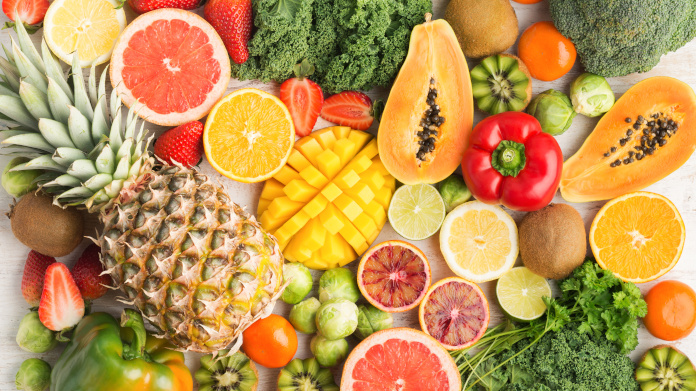

Hola Isabel,
Muchas gracias por su opinión positiva sobre nuestro producto.
Siempre vamos a hacer lo necesario para su bienestar.
Siempre quedamos a su disposición si lo necesita.
Atentamente,
â El equipo Supersmart